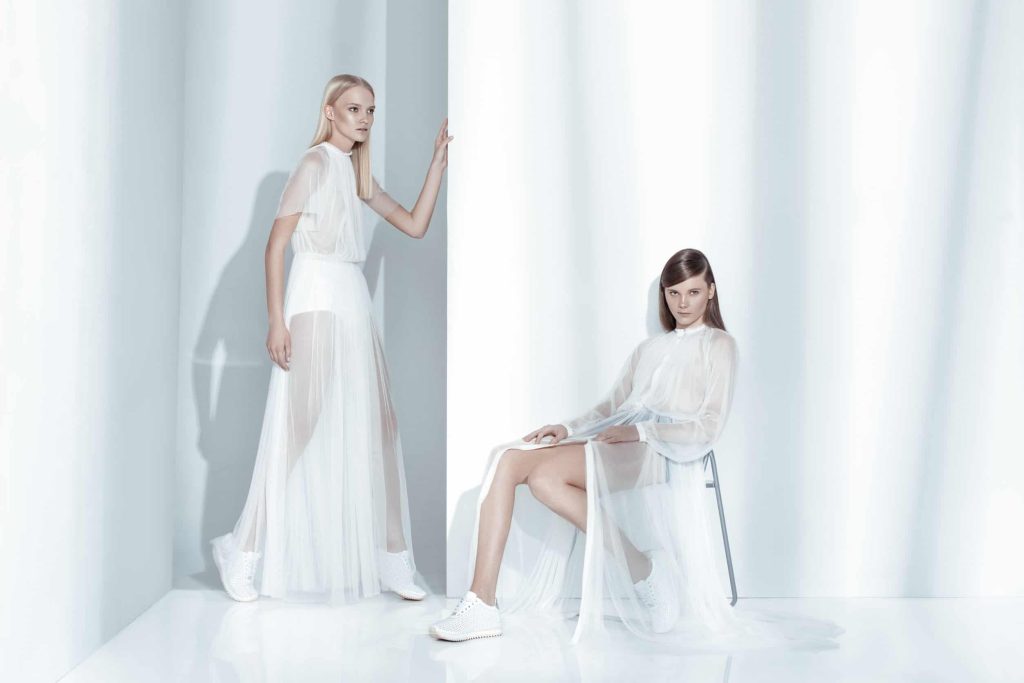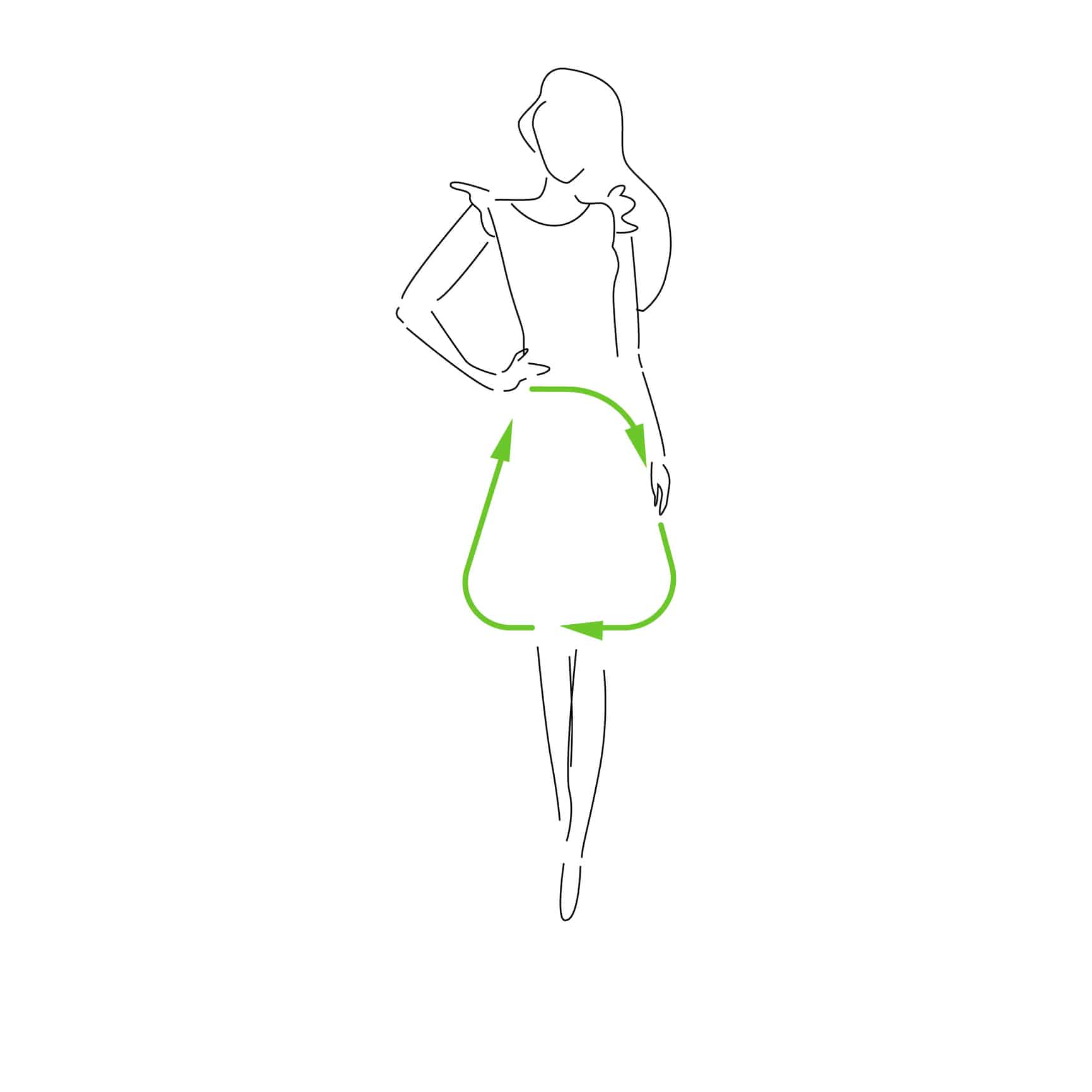Fashion editorials are a collection of images based on a particular theme and published in fashion magazines. They’re typically created by the industry’s best photographers.
You’ll see fashion editorials in all the famous fashion magazines including Vogue, Elle, Harper’s Bazaar, Vanity Fair, and many more. Photographers, models, stylists, and labels take center stage in these fashion shoots.
The purpose of fashion editorial is to show off different collections – spring-summer to fall-winter and also haute couture collections. These images add dimension to a designer’s work, making it pop and stand out to readers.
Here’s everything you need to know about fashion editorials.
A lot of work goes into fashion editorials. There’s no room for error. Everything is expected to be perfect. In order to ensure fashion editorials are in alignment with expectations, a few elements need to be considered.
Theme
First and foremost, an editorial should have a consistent theme throughout. It can be pretty much anything you imagine, but it must be clear from start to end. When there’s inconsistency, magazines will refuse to use it in their publication. As we mentioned previously, there’s no room for error in the world of fashion editorial.
The theme can be anything from women with big hair and bold makeup to more natural, beachy looks. It could be a theme based on specific colors, like red and white or black and pink, for example.
You may have one word in mind that depicts the whole theme. Let’s say your word is “fire.” Then you would need to come up with clothing, makeup, and backgrounds that embrace that word. Colors could be reds, oranges, and blacks. Clothing styles could be sharp and bold. Backgrounds could be simple to avoid taking attention away from the clothing itself.
Essentially, fashion editorial is about telling a story through images.
Number of Looks
Fashion editorials usually have around five or six different looks. Of course, this depends on the magazine itself and their specific requirements. These looks can be a change of clothing, change of hair or makeup, or basically any type of change involving the aesthetics.
Brand-Friendly
By brand-friendly, we mean your editorials need to be in align with the brand for which you are advertising, or the magazine itself. Some publications want their biggest advertisers represented, in which case you’ll need to ensure your imagery fits with their brand. Other publications simply want eye-catching images appropriate to the magazine’s audience.

Getting published in a fashion magazine is very rewarding, and something all fashion photographers dream about. However, you should know that it is not easy task, especially in the beginning of your career. Here are some tips for getting your first fashion editorial published.
Make Sure Your Images Correspond with Your Chosen Magazine
Want to get published in Vogue? InStyle Magazine? Then you’ll need to make sure your photos correspond with the style of that magazine.
One of the most common reasons newbies get rejected when submitting editorials is that the aesthetic is off. If you want a shot at getting published in your favourite fashion mag, make sure you do your research and create photos that share the magazine’s aesthetic. The research might take a few weeks, but it’s crucial at giving you a clear idea of what that publication is looking for.
Alternatively, define your style and look for magazines that share your style. Then start submitting. If you shoot dark, edgy photos, a soft and feminine magazine probably won’t be the best choice. Define your photographic style and hunt out mags that share this aesthetic.
Consider Upcoming Themes
Most magazines shoot approximately 2-6 months in advance of publication. So, make sure your editorial fits the upcoming theme of an issue and the season. For example, if you want to publish something winter-related, you’d need to submit it in June or July to increase your likelihood of getting it published.
There’s also no point in submitting beach-themed editorials in May unless you want an almost certain rejection email flung into your inbox.
Network!
A great way to get your foot in the door as a fashion editorialist is by getting close to people in the business – or decision makers.
Research these decision makers and influencers at your favourite magazines. Connect with them on social media platforms like Twitter, Facebook, and Instagram – or whatever network they’re on. Find ways to build a relationship with them – through commenting on their posts, liking their posts, and eventually sending them a friendly introductory message.
Just avoid being pushy. Nobody wants a dozen emails or messages in a matter of days from anyone – but especially from strangers. Stay friendly, professional, and keep your distance. Patience will pay off!
Once you’re on friendly, talking terms, you can start sharing some of your work, and see where things lead.
Shoot With Creatives That Have Already Been Featured in the Mag
A sure-fire way to increase your chances of getting your editorial published is to shoot with creatives that have already been featured in your chosen magazine. Research ahead and write down the names of the hair stylist, makeup stylist, and other creatives involved in shoots. Reach out to them via email or social media to network with them and eventually propose working with them.
While this won’t guarantee your shoot will be published, it will significantly increase your likelihood of an acceptance email.
Showcase Your Work
Create a portfolio to showcase your best work. Make sure it’s available both online and offline so you always have something to show people wherever you are – and whenever the opportunity arises.
Invest plenty of time into your portfolio to make sure it stands out and displays only your best work. Remember, your portfolio will play a deciding factor in whether or not you are hired.
Are you interested in becoming a fashion designer? It won’t happen overnight, but with a little work and persistence, you can certainly achieve your dream role as a fashion designer. Here are some tips for making it happen.
Gain a Thorough Understanding of Fashion and Trends
You don’t need a degree to become a fashion designer, but you do need extensive knowledge of fabrics, techniques, and trends. Read as much as you can on the subjects and soak up all the knowledge you can. Alternatively, enrol in an online course so you can learn more about fashion design as a whole.
Get an Internship
At the beginning of your career, you want to gain as much experience as possible. Reach out to people in the field and seek out mentors. Alternatively, look for internships to get closer to the field and gain hands-on experience in the industry. Besides honing your skills, you’ll be able to make some invaluable connections.
Create a Portfolio
And not just any portfolio. An amazing portfolio! Since fashion design relies primarily on the visual aspects of things, you’ll need to create a portfolio that shows you have a keen eye for fashion.
Create striking designs
Ask your friends and loved ones to model for you (or pay professionals if you prefer), and create a collection of your best works. This way, when you apply for a job or wish to show potential clients your work, you can give them something they won’t be able to refuse.

Fashion editorials are a powerful type of photography that represent a mood. They’re typically multi-page spreads found in fashion magazines to depict a theme without words.
If you work hard, research extensively, and stay professional, there’s no reason why you can’t get your first fashion editorial published.
| Cookie | Duration | Description |
|---|---|---|
| cookielawinfo-checbox-analytics | 11 months | This cookie is set by GDPR Cookie Consent plugin. The cookie is used to store the user consent for the cookies in the category "Analytics". |
| cookielawinfo-checbox-functional | 11 months | The cookie is set by GDPR cookie consent to record the user consent for the cookies in the category "Functional". |
| cookielawinfo-checbox-others | 11 months | This cookie is set by GDPR Cookie Consent plugin. The cookie is used to store the user consent for the cookies in the category "Other. |
| cookielawinfo-checkbox-necessary | 11 months | This cookie is set by GDPR Cookie Consent plugin. The cookies is used to store the user consent for the cookies in the category "Necessary". |
| cookielawinfo-checkbox-performance | 11 months | This cookie is set by GDPR Cookie Consent plugin. The cookie is used to store the user consent for the cookies in the category "Performance". |
| viewed_cookie_policy | 11 months | The cookie is set by the GDPR Cookie Consent plugin and is used to store whether or not user has consented to the use of cookies. It does not store any personal data. |
Create your free account and begin your sustainability journey.

